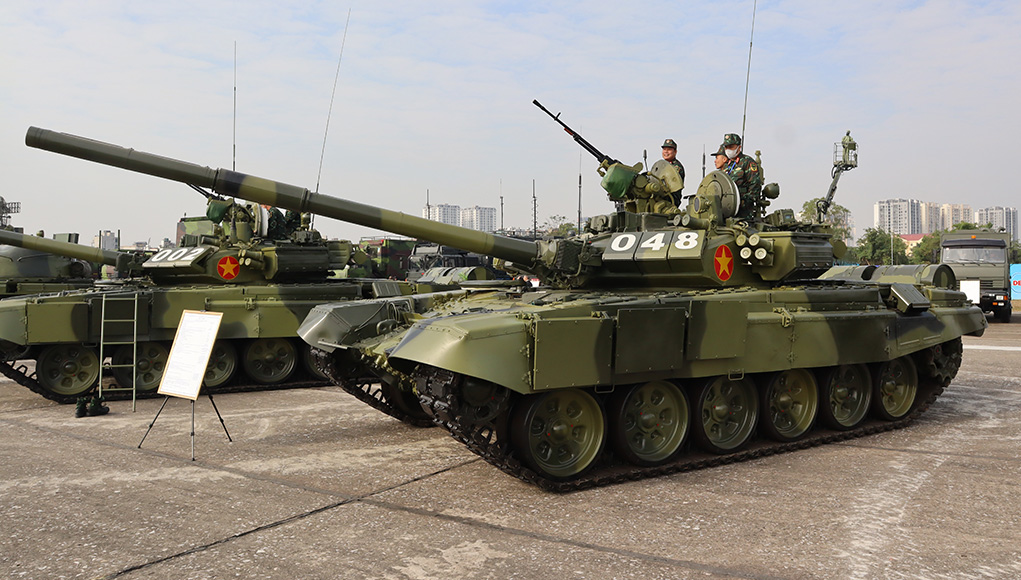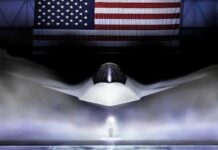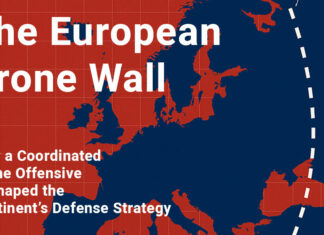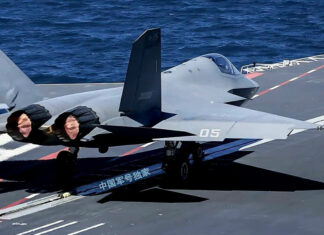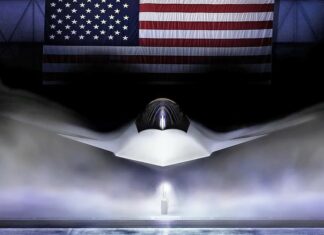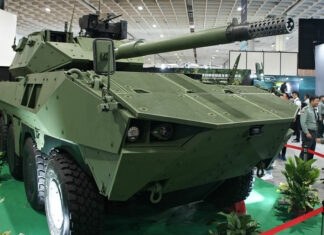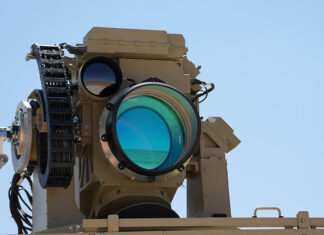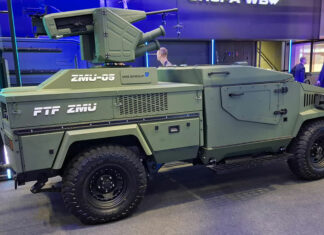The Vietnam Defence 2024 exhibition (DSE 2024), held at Gia Lam Airport in Hanoi, marked its second edition. The Ministry of National Defense organized it to coincide with the 35th anniversary of the Vietnamese military and the 80th anniversary of national independence. The event served as a major platform for showcasing Vietnam’s rapidly developing defense industry, fostering international partnerships, and highlighting its military modernization efforts. With 140 companies from 28 countries participating, the exhibition reflected Vietnam’s growing strategic importance in the global defense sector.
A key focus of the exhibition was Vietnam’s drive for self-reliance in defense production. The government has invested heavily in its domestic arms industry, prioritizing research and development, technology transfer, and local manufacturing. New laws have been enacted to provide financial and infrastructural support for Vietnamese defense firms, ensuring the country can produce its military equipment rather than relying on imports. The exhibition displayed locally manufactured weapon systems prominently, signaling a shift toward greater autonomy in defense production. Industries’ displays also highlighted the sophistication and advanced level of automation of some of the local industries, enabling Vietnamese manufacturers to take on relatively complex projects from Eastern and Western origins.
Another dominant theme was Vietnam’s gradual reduction of dependence on Russian arms, a trend accelerated by concerns over Western sanctions on Russia and the impact of the Ukraine war on Moscow’s defense industry. Traditionally, Russian weapons accounted for 75-80% of Vietnam’s military imports, but the country is now actively diversifying its suppliers. At the exhibition, this shift was evident in the wide participation of American, European, Middle Eastern, and Asian defense companies, many of which presented advanced alternatives to Russian systems.
 Given the ongoing territorial disputes in the South China Sea, its naval and coastal defense capabilities remain one of Vietnam’s highest defense priorities. Significant investments have been made in acquiring submarines, frigates, and anti-ship missiles, as well as enhancing the Vietnamese Coast Guard’s capabilities through new patrol vessels and maritime surveillance aircraft. The exhibition displayed a range of advanced missile systems and maritime defense solutions, reflecting the government’s commitment to protecting its maritime interests.
Given the ongoing territorial disputes in the South China Sea, its naval and coastal defense capabilities remain one of Vietnam’s highest defense priorities. Significant investments have been made in acquiring submarines, frigates, and anti-ship missiles, as well as enhancing the Vietnamese Coast Guard’s capabilities through new patrol vessels and maritime surveillance aircraft. The exhibition displayed a range of advanced missile systems and maritime defense solutions, reflecting the government’s commitment to protecting its maritime interests.
Another critical focus of the event was the modernization of the Vietnamese Air Force. The country is upgrading its fighter jet fleet, expanding its use of UAVs, and improving its air surveillance systems. Unmanned aerial vehicles (UAVs) were particularly prominent at the exhibition, with manufacturers from Vietnam, Iran, China, and Israel presenting cutting-edge drone technologies. These ranged from reconnaissance UAVs to loitering munitions and anti-UAV defense systems, highlighting the growing importance of drone warfare in Vietnam’s strategic planning.
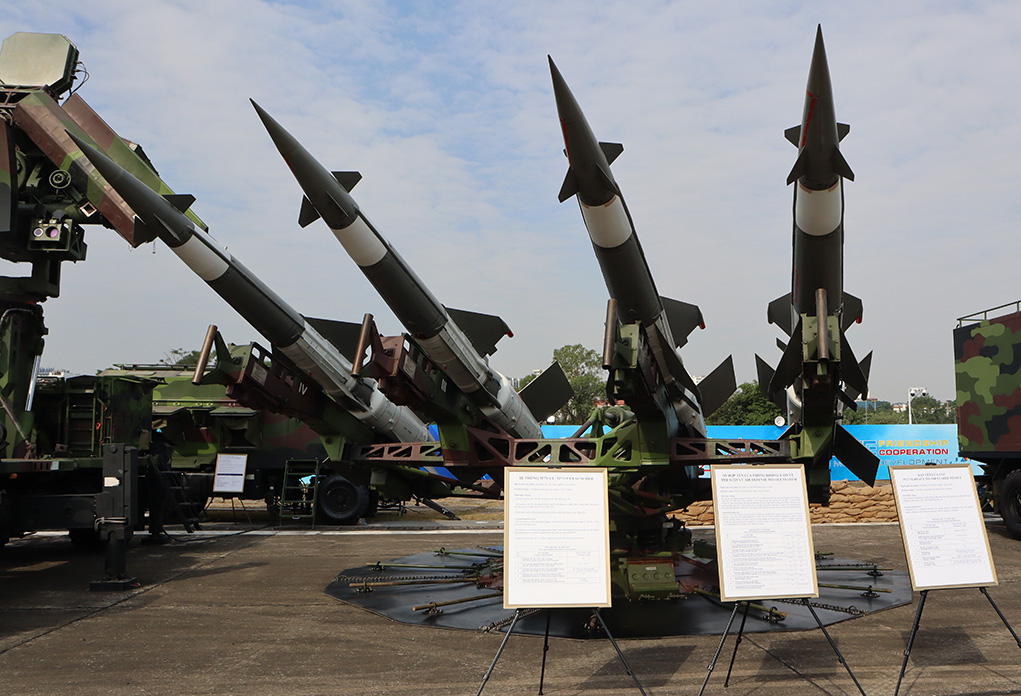
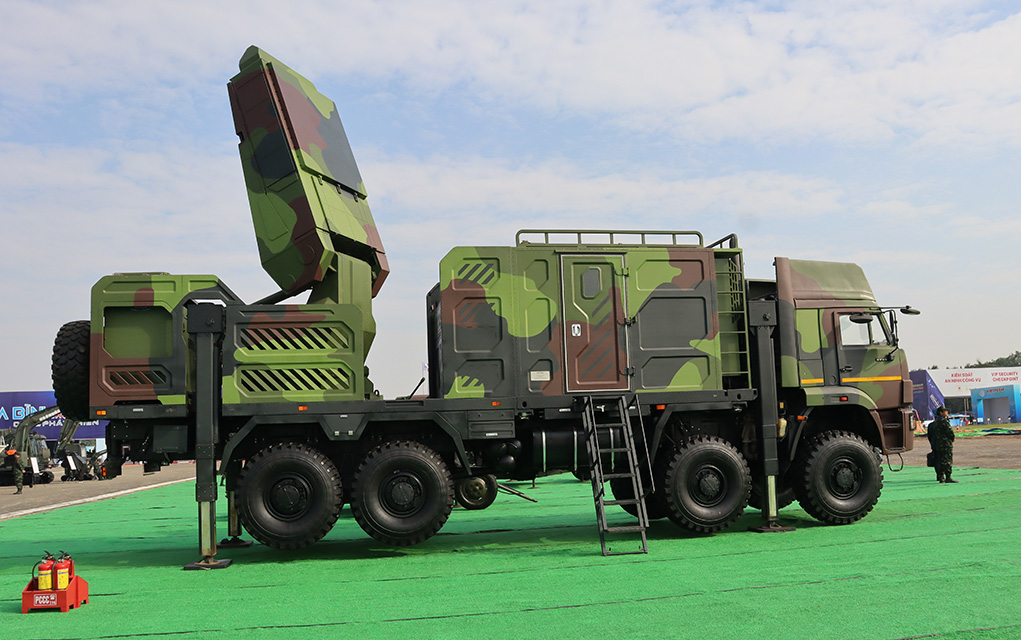
In addition to air and naval defense, the exhibition showcased Vietnam’s increasing investments in cyber warfare and electronic warfare technologies. Modern conflicts place a greater emphasis on digital battlefields, electronic intelligence, and cyber security, so the Vietnamese military is enhancing its capabilities in these domains. Several UAV jamming systems, electronic warfare tools, and cyber defense platforms were unveiled, illustrating Vietnam’s ambition to develop a technologically advanced military.
The international presence at Vietnam Defence 2024 was particularly diverse, demonstrating the country’s balanced and strategic approach to defense partnerships. Despite its declining arms sales to Vietnam, Russia maintained a strong presence at the exhibition. ROSOBORONEXPORT and ROSTEC showcased a variety of military systems, including air defense systems, armored vehicles, missiles, and UAVs. Russia eyes Vietnam as a lucrative market for its latest weapon systems, including the SU-57, Russia’s 5th Gen fighter plane. Russia continues to offer Vietnam technology transfers and licensed production agreements, allowing Vietnamese factories to produce and manufacture Russian weaponry domestically. Some examples of these projects include the local version of the Lancet loitering weapon, the Rubezh coastal defense system, the RPG-30 anti-tank weapon, and others, slightly altered weapon systems that are likely utilizing Russian designs locally manufactured in Vietnam under local designations.
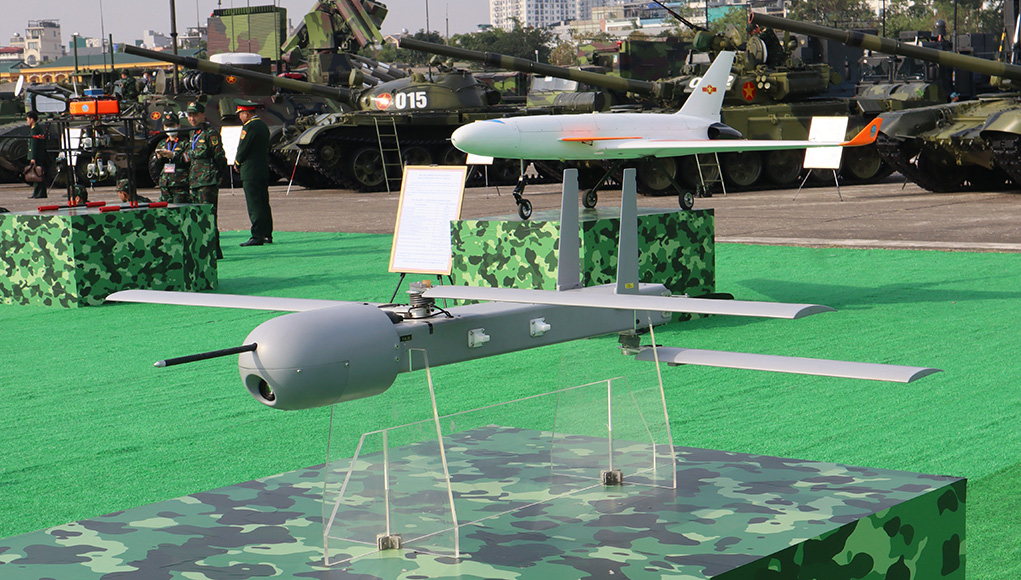
China also played a significant role in the exhibition. NORINCO, one of China’s leading state-owned defense corporations, presented a variety of military equipment, including tanks, anti-aircraft systems, and guided missiles. Meanwhile, Iran debuted at Vietnam Defence 2024, displaying an impressive lineup of UAVs, anti-tank missiles, and rocket systems. The Iranian CM-200 anti-ship missile drew particular attention as a potential alternative to Russian coastal defense systems.
The United States has steadily increased its defense ties with Vietnam since the lifting of the arms embargo in 2016. At the exhibition, it showcased military equipment used by the U.S. Armed Forces, emphasizing its growing role as an arms supplier to Vietnam. Discussions revolved around potential sales of Coast Guard vessels, transport aircraft, and fighter jets, further strengthening the U.S.-Vietnam defense relationship.
Israel also played a notable role in Vietnam Defence 2024, reinforcing its emerging status as a key defense technology partner for Vietnam. Israel Aerospace Industries (IAI) and Rafael Advanced Defense Systems were among the major exhibitors, presenting a range of advanced solutions. IAI showcased its Heron UAV series, known for intelligence, surveillance, and reconnaissance (ISR) capabilities, alongside the BARAK MX air and missile defense system, designed to counter multiple airborne threats. Rafael, on the other hand, featured the SPYDER air defense system, which Vietnam has been operating since 2015. The SPYDER system’s Python-5 and Derby missiles, combined with its ability to track 1,200 targets simultaneously, have made it a cornerstone of Vietnam’s air defense network. Israeli firms also expressed interest in establishing joint ventures with Vietnamese companies, particularly in UAV development and radar technology, highlighting the potential for long-term defense collaboration.
In addition to the major powers, France, Singapore, India, and Turkey were actively engaged in the exhibition, aiming to expand their defense footprint in Vietnam. Turkey, particularly, attracted attention with its guided missile technology and UAVs, offering Vietnam additional options for modernizing its military forces.
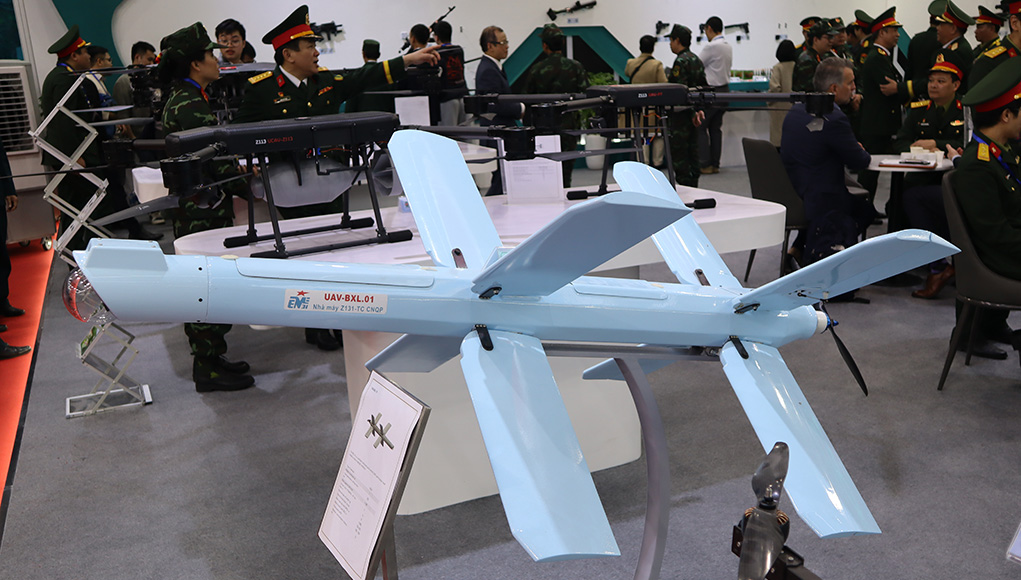
At the heart of Vietnam Defence 2024 was the growing role of Vietnamese defense firms, many of which operate under the Ministry of Defense (MOD) and Ministry of Public Security (MPS). Companies such as VIETTEL, VAXUCO, and GAET demonstrated their military production, telecommunications, and cyber defense capabilities. The Vietnamese government has actively encouraged joint ventures with foreign companies, and the exhibition provided a platform for new partnerships in weapons manufacturing and technology transfers.
The broader defense landscape reflected a clear shift in Vietnam’s military strategy. While Russia remains an important supplier, its dominance in the Vietnamese arms market is declining, with Vietnam increasingly turning to the United States, Europe, Israel, and regional partners for advanced weaponry. Israeli and Iranian companies exhibiting side by side underscored Vietnam’s neutral, pragmatic approach to defense procurement, prioritizing national security over geopolitical alignments.
As Vietnam continues its military modernization, its defense budget is projected to reach $10.2 billion by 2029, focusing on naval forces, air defense, and electronic warfare. The exhibition made it clear that Vietnam is determined to build a self-reliant, technologically sophisticated military capable of addressing both traditional and emerging security threats. With a commitment to strategic autonomy and regional stability, Vietnam Defence 2024 reaffirmed the nation’s ambition to become a modern military power while maintaining its policy of neutrality in global conflicts.

